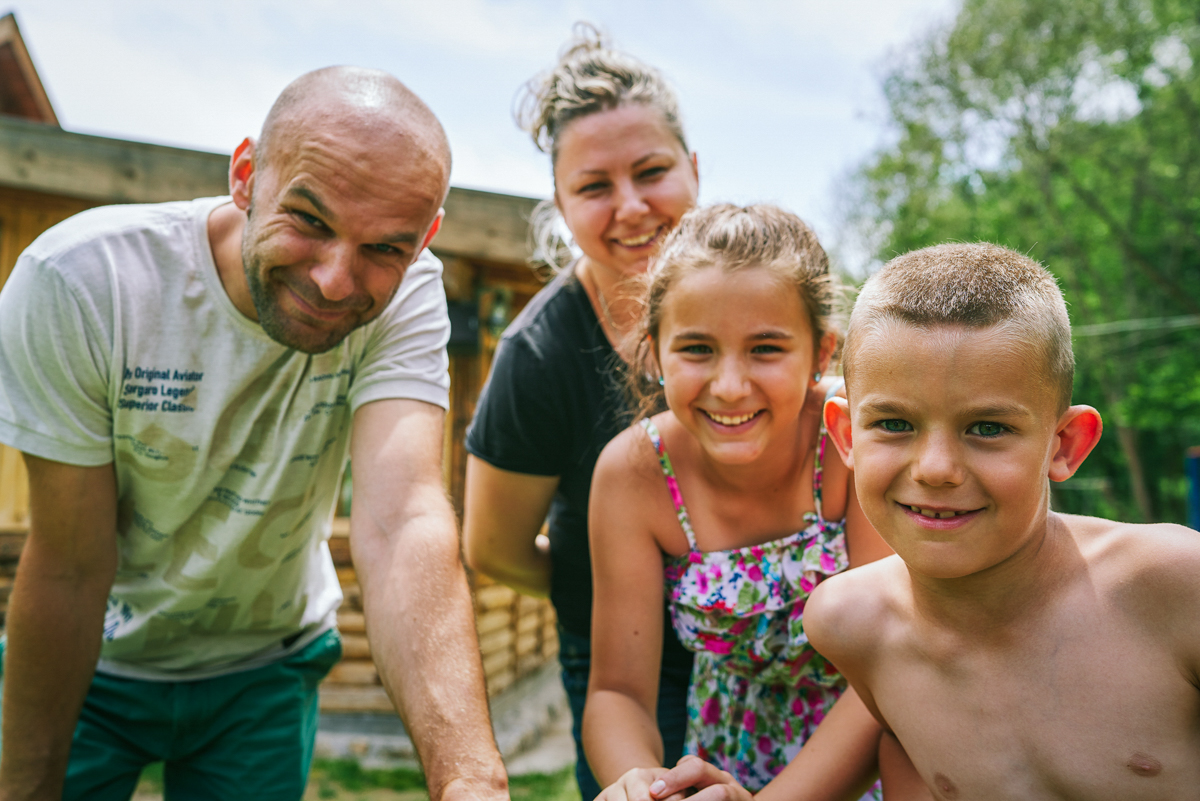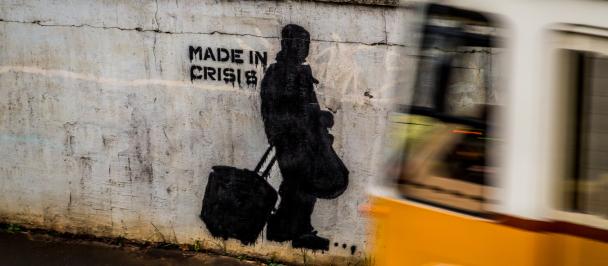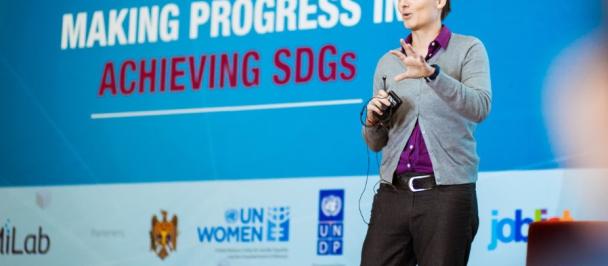--- Image caption ---
Funding the Sustainable Development Goals (SDGs) will be a daunting challenge. By some estimates, it will take nearly 20 times last year’s official international aid or the combined GDP of Africa’s 30 biggest economies in additional funds each year to keep on track.
Not surprisingly, we’re starting to see a whole new set of innovative financing solutions that are shaking up the way we’re doing development – from virtual currencies and blockchain-based funding to enabling individuals to make equity-based investments into social good projects. Social impact bonds (SIBs) are one of those mechanisms and the source of endless debates. They involve a partnership among governments, services providers and businesses, aiming to fund social programs and offering the possibility of earning higher returns if social outcomes are met or surpassed. Governments pay for return either from the savings achieved, such as a decrease in energy bill subsidies for poor households, or revenues accrued, such as tax increases from new employees.
There are some who argue SIBs are a great way of bringing the private sector’s efficiency into public policy-making and refocusing investments into results, as opposed to activities. Others question their feasibility, arguing their results are difficult to measure, and raising concerns regarding their cost-effectiveness. To find out more, we turned to one place that is currently implementing SIBs for tackling difficult issues such as migration and employment: Sitra Innovation Fund. Mika Pyykko, Sitra’s senior lead on impact investment, had the good will and patience to field a few of our questions.
What nudged you to start investing Sitra’s time and efforts in impact investment?
As a spin-off of the Finland National Bank, Sitra Innovation Fund is a think-and-do-tank with a mandate to continually challenge the way society lives and works in order to maintain sustainable development. It does so through experimenting with new ways of doing policy work for cycles of up to two years called focus areas, and integrating them into the wider context if proven useful, which is how Sitra introduced the notion of venture capital in Finland. We were drawn to the SIB model because of its focus on preventive investment and on results – as opposed to activities -, and its ability to align incentives and mobilize funds for social good from various sources. But we also knew that the only way to understand its implications in Finland is to actually do it.

Having a well-defined problem and data to support it is more than half the battle, so how did you select the first two issues to tackle with SIBs?
We picked up on two very costly (in more ways than one) issues, which happen to have a lot of data associated with them. For instance, the financial cost of civil servants missing work due to illness is about EUR 3,4 billion a year. Our intention was to test whether a SIB can help form a coalition of service providers that would focus on a range of interventions, from laboratory tests and counseling to healthy life styles and executive coaching, aimed at ultimately reducing the absenteeism in public sector by 2,1 days per person per year . If the interventions exceeded the agreed goal, the partners would receive a return on investment, paid out through savings generated within institutions where absenteeism has been reduced. The second SIB to launch in the coming weeks, run by the Ministry of Employment and the Economy, aims to increase the percentage of migrants who find a job within 2 months of completing integration training. Aside from ensuring better integration into Finnish society, the SIB is looking to increase tax receipts, reduce social welfare transfers and most critically tap into private sector funding for activities the Government can’t afford.
What has been the most difficult part in running the SIB on absenteeism in the public sector?
Since we’d never done one before, we have had to do many things for the first time- from understanding the root causes of absenteeism, deciding on what is the optimal result for reducing it, mobilizing public institutions to be the first ‘subjects,’ to determining the best fit regarding the structure of the bond, legal aspects and relations with investors. Having said that, our experience on this first bond will make the second one on migrants and employment that much easier, although we’ll be dealing with an entirely different set of issues.

What has been the feedback from the private sector? Have you had difficulties in attracting private capital for this type of a public good project?
This has been one of the biggest surprises for us. We have a range of institutional and individual investors, and some are on a waiting list since for the time being we have all the funds we need for the first stage. In order to maintain this level of interest, the most crucial part will be showcasing how investment in social (as opposed to physical infrastructure) can yield returns on investment. Early results from our first SIB show that the number of sick leave days is reduced far more than we forecasted.
Based on your experience, what advice would you give development organizations like UNDP that are just starting to work with SIBs?
For us, SIBs are not a just another new thing to try out but a potential for encouraging systemic change through getting the public sector to purchase results (instead of budging funds for outputs) and to invest in preventing various societal risks. From our still very early experience, few rules of thumb that emerged are: i) to get the buy-in from key partners at an early stage to ensure political buy-in, ii) to practically assess the cost of various risks you wish to prevent, and lastly iii) to be brave and take controlled risks, as SIBs are still a new model and the implementation will require constant troubleshooting.

 Locations
Locations





